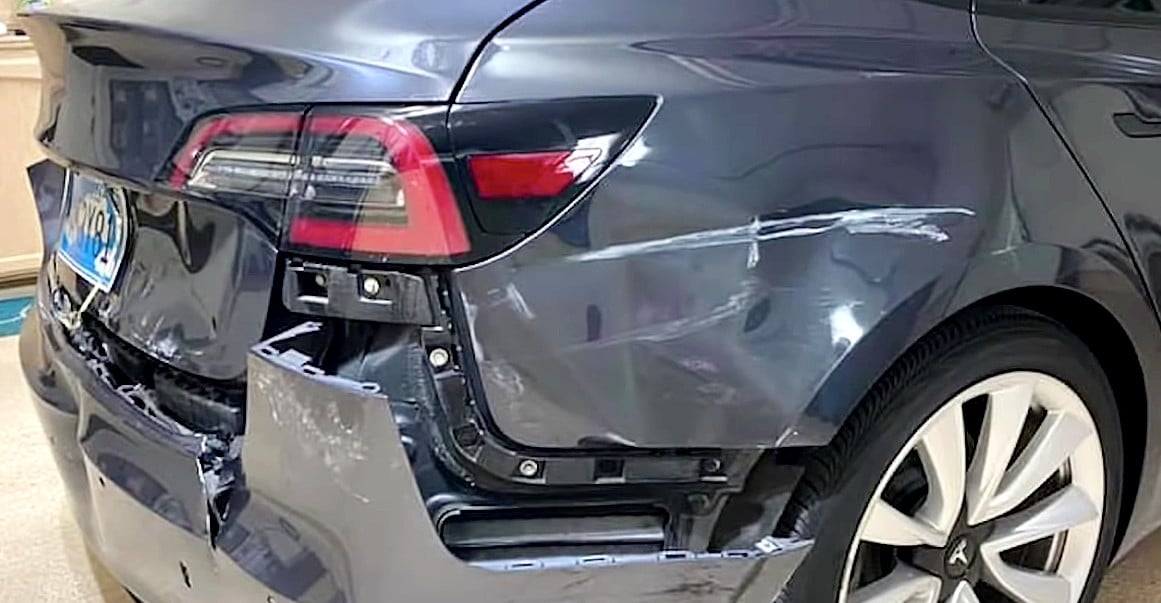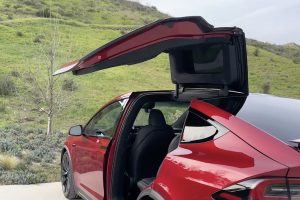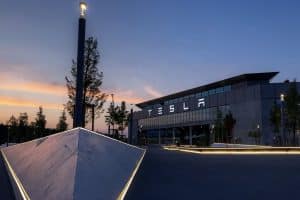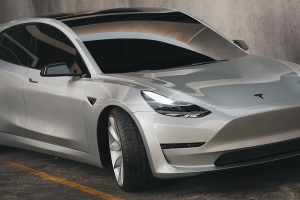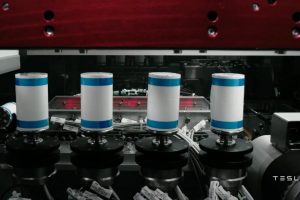The Tesla Semi may have been postponed for quite some time now, but it appears that the all-electric Class 8 truck from Elon Musk will be well worth the wait. And as the upcoming truck gets closer to mass production, it is becoming increasingly clear that the potential of the Semi remains grossly underestimated, particularly with regard to its batteries and FSD features.
Elon Musk announced that the Semi would be fitted with a 500 kWh battery pack during a recent appearance on the Joe Rogan Experience podcast. The Tesla CEO did not specify which version of the Semi would be equipped with a 500 kWh pack, while the electric vehicle community speculations indicate that the battery will be for the 300-mile variant of the truck. Even if this was the case, though, such an upgrade offers a glimpse of just how far Tesla has come when it comes to its battery technology.
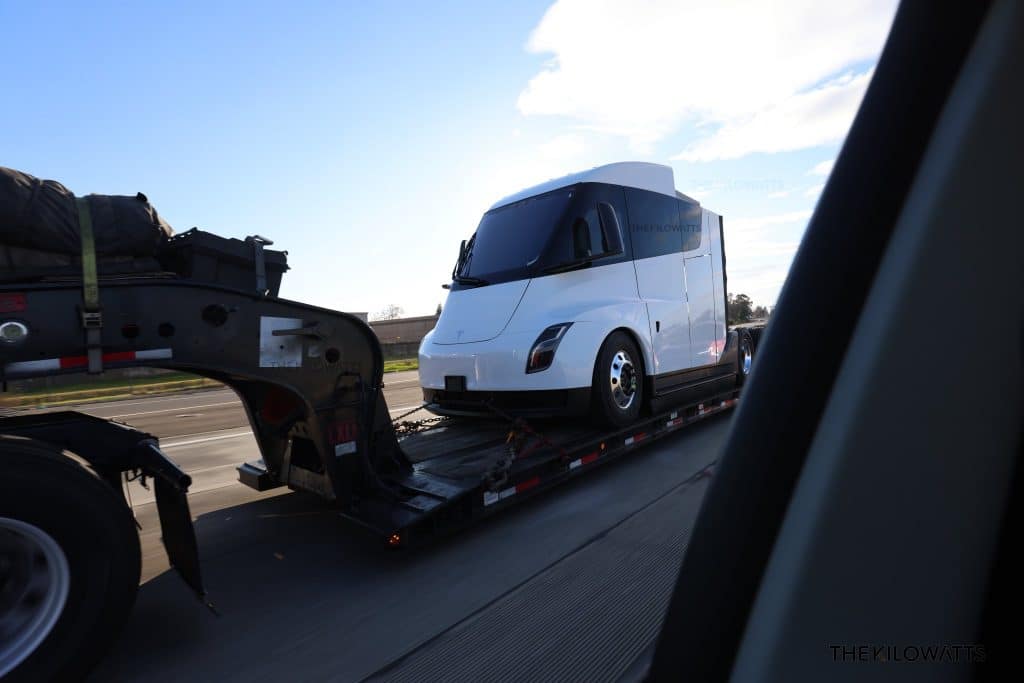
“You want something in the order of probably a 500 kWh pack. What we have in the Model S and X is a 100 kWh pack and probably something like a 500 kWh pack in the Tesla Semi,” Musk said.
Tesla noted that the vehicle would consume less than 2 kWh per mile when the Semi was unveiled in late 2017. Considering that the two models of the Tesla Semi are identified with a range of 300 and 500 miles, estimates suggest that the vehicle has a battery pack that is likely to be about 600 kWh to 1,000 kWh. Musk’s latest update indicates that Tesla has improved its batteries to such a degree that to meet its 300-mile range goal, the Semi now requires a smaller battery pack. This may sound like a minor improvement, but there are several benefits to a smaller battery pack, such as lower weight and substantial cost savings in manufacturing. All of these help to make the 300-mile Tesla Semi a viable and competitive vehicle, especially given its estimated base price of $150,000.
These benefits, of course, only become more prominent if one considers the advantages of Tesla’s 4680 structural battery packs. With structural batteries in place, the Semi could save weight and manufacturing costs even more. The Semi may also be made more rigid with a structural battery that makes it safer than initial iterations. This goes hand in hand with another vehicle update that Tesla listed, and one that is also commonly overlooked or underestimated today at most.
Elon Musk reported during Tesla’s Q4 FY 2020 earnings call that the Semi could very well be the first vehicle in the lineup of the company that would receive maximum autonomy features. This was a point stressed by both Elon Musk and Jerome Guillen, President of Automotive, who noted that the FSD hardware on the Semi would be the same one used in the other vehicles of Tesla. For his part, Musk pointed out that the FSD features of the Semi would require Tesla to alter the parameters of the FSD software according to the large size of the Semi.
Perhaps one thing that is rarely mentioned is that when the Semi was unveiled in 2017, Elon Musk remarked that the vehicle was already capable of utilizing a feature called “Convoy Mode,” which optimizes efficiency while allowing several uncrewed trucks to follow a lead, crewed vehicle. If Musk’s claims were correct and Convoy Mode was already feasible with the capabilities of Enhanced Autopilot in late 2017, then with the Full Self-Driving Beta, such a feature would certainly be very likely today. This should make it better to use the Semi than conventional long-haulers, most of which are still operated manually. Combine this with the Semi’s functions like its four electric motors, which help prevent incidents like jackknifing, and the upcoming all-electric Class 8 truck has a shot at becoming one of the safest large vehicles on the road today.
Ready to join Tesla’s Mission to accelerate the world’s transition to sustainable energy? Feel free to use my referral code to get some free Supercharging miles with your purchase: http://ts.la/guanyu3423
You can also get a $100 discount on Tesla Solar with that code.

